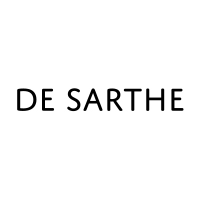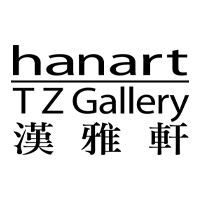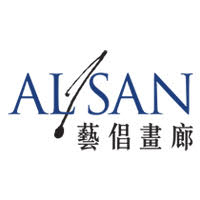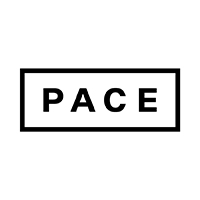Art Basel Hong Kong 2025: New Narratives
By Louis Lu

Installation view at Art Basel Hong Kong, 2025. Courtesy Art Basel.
As Asia’s art calendar becomes increasingly crowded—with Frieze Seoul’s rising prominence, Singapore’s Art SG finding its footing, Shanghai’s West Bund Art Fair maintaining steady influence, and India Art Fair’s continuous expansion—discussions surrounding Hong Kong’s position as the region’s premier art hub have intensified in recent years. The 12th edition of Art Basel Hong Kong, which closed on March 30, presented some intriguing insights and steady sales across sectors, indicating a measured return of market confidence.
The year’s edition gathered 240 galleries from 42 countries, with Asia-Pacific galleries comprising over half the participants—the highest representation from the region to date. With the expanded presence of Southeast Asian and African galleries, this shift mirrors the art world’s increasing focus on the “Global South.”
Blue-chip galleries reported significant sales across the board. Hauser & Wirth placed Louise Bourgeois’s bronze sculpture Cove (1988/cast 2010) with a collector in Asia for USD 2 million, coinciding with the artist’s solo exhibition “Soft Landscape” at the gallery’s Hong Kong space, and a touring major survey from Tokyo’s Mori Museum to Taipei’s Fubon Museum. The gallery also reported sales of Zeng Fanzhi’s Untitled (2024) for USD 1.5 million, Christina Quarles’s Push’m Lil’ Daisies, Make’m Come Up (2020) for USD 1.35 million, and two works by Lee Bul, who recently joined the gallery, for USD 260,000 and USD 275,000 respectively, to a European foundation. David Zwirner reported one of the fair’s highest sales, raking in USD 3.5 million for Yayoi Kusama’s INFINITY-NETS [ORUPX] (2013). The gallery also sold Michaël Borremans Bob (2025) for USD 1.6 million, as well as Elizabeth Peyton’s Happy Together (WKW) (2022–24) and Felix Gonzalez-Torres’s Untitled (Loverboy) (1989), each for USD 900,000.

Installation view of Hauser & Wirth’s booth at Art Basel Hong Kong, 2025. Courtesy Hauser & Wirth.

Installation view of David Zwirner’s booth at Art Basel Hong Kong, 2025. Courtesy Art Basel.
White Cube reported sales of two Antony Gormley sculptures, OPEN GUT (2023) and HOIST II (2019), at price points ranging from USD 650,000 to USD 1.3 million. Also sold within that price range was Tracey Emin’s large-scale sculpture There was so much more of me (2019). At Pace, Lee Ufan’s With Winds (1991) sold for USD 950,000, while two Alicja Kwade pieces, Little Triple Be-Hide (2023) and Little Be-Hide (2024), presented at the gallery’s booth concurrent with the artist’s first solo exhibition at Tai Kwun, traded at USD 73,400 each. Perrotin sold Takashi Murakami’s new acrylic and gold leaf painting Tan Tan Bo: Wormhole (2025) for USD 1.35 million. Thaddaeus Ropac reported several high-value transactions, including Roy Lichtenstein’s Water Lily Pond with Reflections (1992), an enamel screenprint on processed and swirled stainless steel, which sold for USD 1.5 million, and Georg Baselitz’s Luise, Lilo, Franz und Johannes (2010), which sold for EUR 1.2 million (USD 1.3 million). Additionally, the gallery sold Robert Rauschenberg’s 1989 original artwork for First International Festival of Asian Film to a Chinese museum at USD 200,000. At Gladstone’s booth, Anicka Yi’s crowd-pleasing light installation Thorn (2023–24) found a buyer at USD 225,000. The work is from Yi’s Radiolaria series (2023-24), which featured both at Seoul’s Leeum Museum last year and her recently opened survey at UCCA in Beijing.

Installation view of Gladstone’s booth at Art Basel Hong Kong, 2025. Courtesy Art Basel.
Asian galleries and artists demonstrated a strong presence. Kukje sold a 2004 mixed-media canvas by Park Seo-Bo for between USD 540,000 and USD 648,000, while Ha Chong-Hyun’s Conjunction 22-03 (2022) fetched between USD 390,000 and USD 468,000. At Sprüth Magers, two tempera-on-canvas works by Hyun-Sook Song sold for EUR 65,000 (USD 70,200) each to an Asian collector, while two pieces by Mire Lee, fresh from her recent Tate Modern Turbine Hall commission, fetched EUR 45,000 (USD 48,600) and EUR 30,000 (USD 32,400), respectively. Tina Kim Gallery sold two Pacita Abad works, with The Far Side of Apo Island (1989) selling between USD 250,000 and USD 500,000, and Twenty-Five Meters Down on Layag-Layag Reef (1986) between USD 100,000 and 250,000.
Museums and institutional acquisitions appeared to focus on works by Asian artists. Hong Kong’s M+ museum acquired Yibei Zhang’s There is everything in our bonfire (2024) from Shanghai’s BANK Gallery for USD 25,000. A Chinese museum acquired Lee ShinJa’s Joining (1981) from Tina Kim Gallery for USD 200,000. The gallery also sold Pacita Abad’s Through the Looking Glass (1996) to a Southeast Asian museum for a reported sum of USD 500,000. Abad’s work was one of three large-scale paintings presented in the fair’s Encounters sector by Silverlens and Tina Kim gallery.
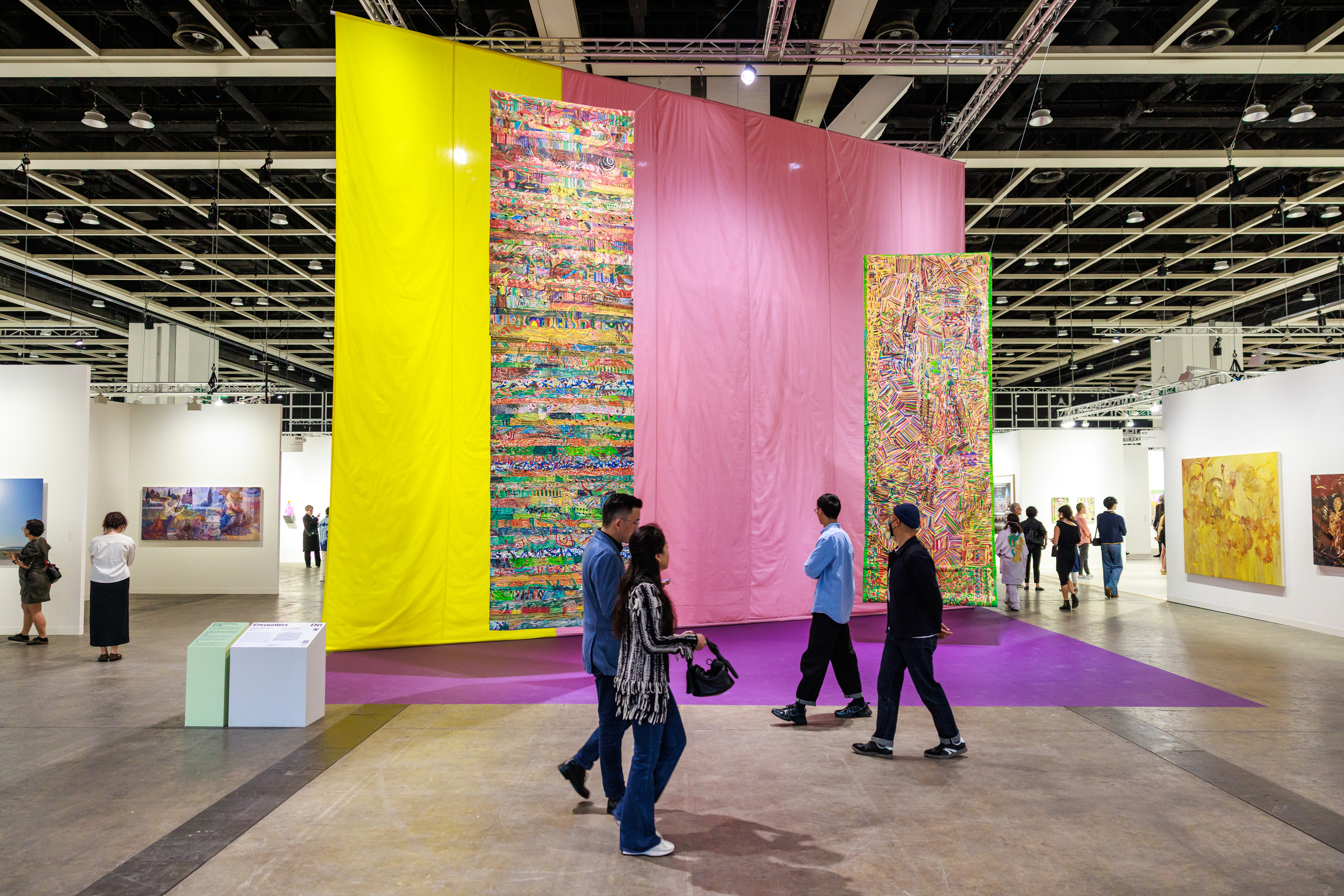
Installation view of PACITA ABAD and PIO ABAD’s The Sky is the Limit, 1996-2000, mixed media, dimensions variable, at Art Basel Hong Kong, 2005. Courtesy Art Basel.
Singapore’s Ames Yavuz Gallery reported strong interest in Thai artist Pinaree Sanpitak’s works, with Silver Offering I and Silver Offering II (both 2003) each achieving USD 350,000. The gallery also placed three works by First Nations artist Betty Muffler in the USD 40,000 to 60,000 range. ShanghART sold Mengyun Han’s Fruit of Tranquility (2024) to an Asian museum for USD 60,000. Notably, the artist is featured in an ongoing group exhibition at Hong Kong’s Centre for Heritage, Arts and Textile (CHAT).
Throughout the fair, textile-based works drew attention across multiple booths, suggesting growing interest in craft-based approaches. Notable presentations included Igshaan Adams at Blank Projects’ Kabinett booth, Samuel Nnorom at Retro Africa, Josep Grau-Garriga at Sabrina Amrani, Lin Tianmiao at Vanguard Gallery, and Duyi Han at BANK. As a medium that bridges traditional craftsmanship and contemporary expression, textile-based works emphasize materiality and labor, offering an intriguing counterpoint to digital and AI-driven artworks.
This dialogue between the tactile and the digital was evident in the Encounters sector, which showcased large-scale projects. Alexie Glass-Kantor’s final of seven editions as curator of the Encounters sector showcased Movana Chen’s Deconstructing (2004-08), which transformed repurposed books and magazines into a monumental tapestry, as well as Chinese artist Lu Yang’s large-scale multimedia installation DOKU the Creator (2025), which drew large crowds. Presented by De Sarthe and COMA, DOKU the Creator postulates a technological dystopia through AI-driven animation, exploring themes of human civilization, commodification, and technological spectacle. The engagement with the digital world continued over at De Sarthe’s own booth, where Hong Kong artist Mak2 invited visitors to interact with a video game within an immersive room lined with golden curtains.

Installation view of LU YANG’s DOKU the Creator, 2025, blind boxes, LED wall, flexible LED display film, LED scrollers, shelves, sofa, fabric, wood, dimensions variable, at Art Basel Hong Kong, 2005. Courtesy Art Basel.
Hong Kong galleries brought diverse presentations to the fair. Blindspot Gallery’s booth featured videos, photography works, sculptures, and installations, including works by Sin Wai Kin, who currently has a solo exhibition at the gallery’s space in Wong Chuk Hang, and Wing Po So, whose solo exhibition is still on view at Para Site. Empty Gallery celebrated its tenth anniversary with works by Jacqueline Kiyomi Gork, Doris Guo, Tishan Hsu, Taro Masushio, Henry Shum, Rafael Vunkwan Tam, and Cici Wu. Kiang Malingue presented works by over 20 artists, including new works by Brook Hsu, late Cho Yong-Ik, Nabuqi, Miao Ying, Su-Mei Tse, and Yu Ji. Brook Hsu’s ink-on-canvas work sold to an Asian foundation for USD 45,000. The gallery’s Wan Chai space is showing a solo exhibition of Singaporean artist Ho Tzu Nyen, whose newly commissioned AI-generated animation for the M+ facade, titled Night Charades (2025), pays tribute to Hong Kong cinema. Rossi & Rossi dedicated its booth to Iranian American artist Siah Armajani, while first-time participant PHD Group showcased Michele Chu’s solo presentation “Kitchen.”
Among the Chinese galleries participating in Art Basel Hong Kong was Antenna Space, whose booth presented a new generation of female artists from the gallery program, including Korean artist Mire Lee, as well as Shuang Li, who had a solo exhibition at Shanghai’s Prada Rong Zhai in 2024. The booth also featured a series of works by Evelyn Taocheng Wang, who was recently awarded the Wolfgang Hahn Prize. Beijing Commune presented projects by different generations of Chinese artists, including Song Dong, Yin Xiuzhen, and Zhang Xiaogang, among others, with a special curation of Wang Guangle’s oeuvre in their Kabinett sector presentation.
Beyond the familiar narrative of “cautious optimism” reflected in sales figures and crowd energy, it may be time to explore a more nuanced perspective. From Ho’s AI-generated homage to Hong Kong cinema on the M+ facade to the fair’s engagement with the “Global South” narrative, and nonprofit spaces and local galleries showcasing the city's vibrant art scene—Hong Kong’s perceived competition with Seoul and Singapore might be less relevant than its evolving role as a platform for meaningful dialogue among diverse art worlds. What we are witnessing could be more than just a market recovery; it may signify the emergence of a richer cultural ecosystem.
Louis Lu is an associate editor at ArtAsiaPacific.

